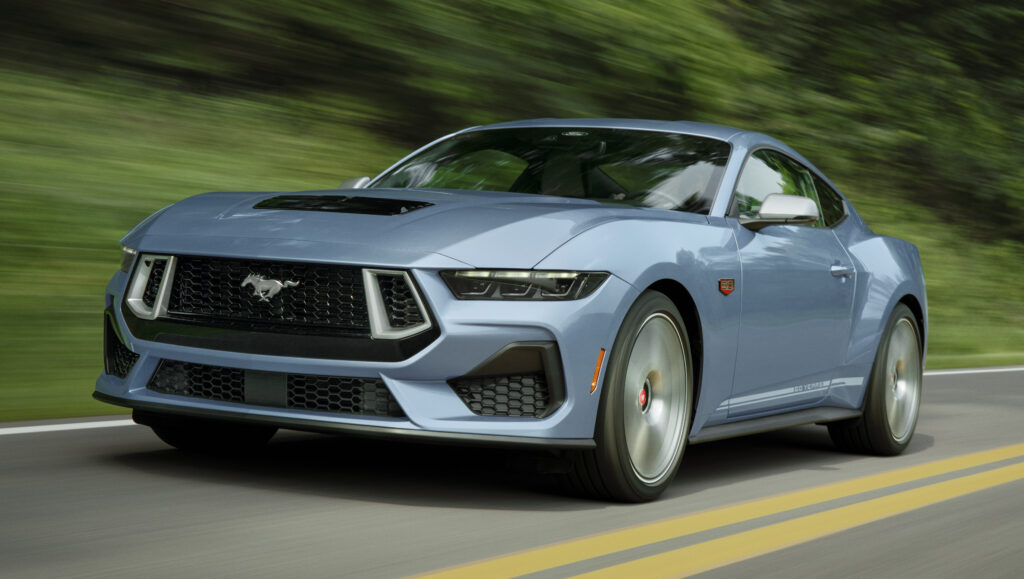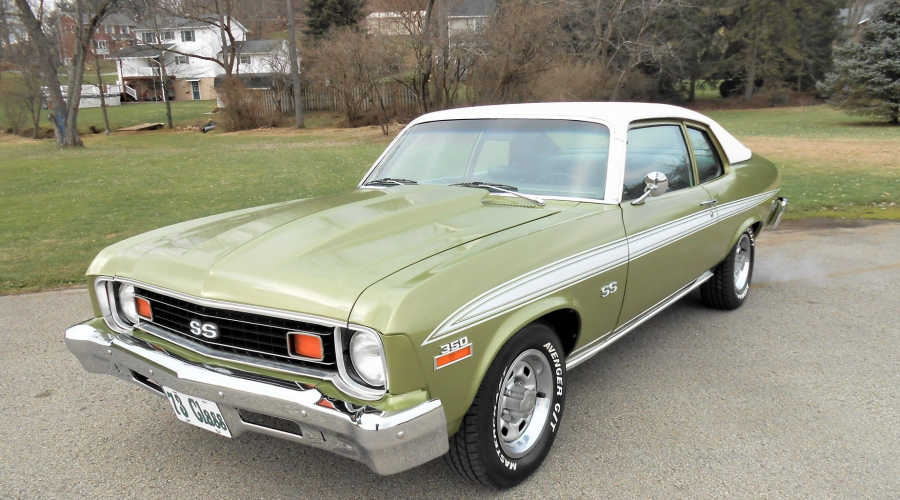In 1973, the average age of a car on Canadian roads was just 5.7 years. Fast forward to 2023, and that number has nearly doubled to 10.5 years. This dramatic increase in vehicle longevity is a testament to the advancements in automotive manufacturing, technology, and consumer expectations. The real question is: how does this impact today’s car buyer or lessee when deciding to purchase or lease a vehicle?
Why Cars Last Longer Today
One of the most significant shifts over the past 50 years is the incredible improvement in car quality. In 1973, the average price of a new car was around $4,600. Fast forward to 2024, and the average cost of a new vehicle is about $56,000, a staggering 13 times more expensive. However, the benefits of today’s vehicles far outweigh this price jump. Modern vehicles boast cutting-edge safety features, advanced fuel economy, improved pollution control and technology that was unimaginable five decades ago.
As cars have become more advanced, they’ve also become better built. Manufacturers are locked in fierce competition, which forces them to constantly innovate and improve quality. The result? Vehicles that can easily last a decade or longer, especially with proper maintenance.
Price vs. Longevity: The Dilemma for Buyers
This longevity presents both an opportunity and a dilemma for consumers. Should they keep their car for the now-average 10 years or opt to replace it sooner? Leasing, a popular option, typically involves replacing the car every 4 to 5 years, allowing drivers to stay current with new technology and avoid the worry of repairs. This is particularly attractive for those who value having the latest safety features, which evolve rapidly. But what about those who purchase their vehicles outright?
The fact that it now takes an average of 7 to 8 years to pay off a vehicle (compared to just 3 or 4 decades ago) means that many consumers aim to enjoy several years without a car payment. This is one reason why many car owners hold onto their vehicles for as long as possible. However, there’s a tipping point where repair costs start outweighing the benefits of keeping the car. A good rule of thumb is to consider replacing a vehicle if it’s costing more than $2,000 annually in non-maintenance repairs, especially if the car is over 10 years old.

Leasing: A Different Perspective
For leasing customers, the landscape is different. By driving a new car every few years, leasing offers worry-free driving with fewer repair concerns. Although it requires ongoing payments, lessees enjoy peace of mind during harsh Canadian winters, no need to fret about a 9-year-old car that may not start on a -24°C morning.
Interestingly, leasing also skews the average vehicle age upwards. Since lessees often trade in their vehicles every 4 years, it creates a cycle where newer cars continually enter the market, giving the impression that cars are older on average when, in reality, many drivers are simply enjoying the benefits of newer vehicles on a consistent basis.
Why Canadians Keep Their Cars for So Long
There are several factors behind why Canadians hold onto their cars for over a decade. As mentioned, cars are better built today, but it’s also worth noting that Canada’s roads have improved significantly. Potholes are filled, highways are resurfaced, and infrastructure continues to expand, helping vehicles last longer. Furthermore, lower-cost aftermarket parts have made repairs more affordable, keeping cars on the road longer, despite rising labor costs.
Ultimately, the decision to lease or buy, to keep a car for 4 years or 10, boils down to personal preferences, financial situations and lifestyle needs. While leasing offers the convenience of always driving a new car, ownership provides freedom from payments and the satisfaction of getting the most out of a well-built vehicle.
Conclusion
The fact that cars today last longer than ever before gives consumers more choice, an enviable position compared to 50 years ago. Whether you choose to keep your vehicle for a decade or swap it out every few years through leasing, one thing is clear: the quality of vehicles today allows for flexibility and freedom that previous generations could only dream of.
James Matthews is the President, General Manager and Co-Founder of LeaseBusters. James launched LeaseBusters in 1990 and is considered one of Canada’s leading experts on new vehicle leases, lease-take-overs and vehicle lease (re)marketing. James can be reached directly at jmatthews at leasebusters.com







